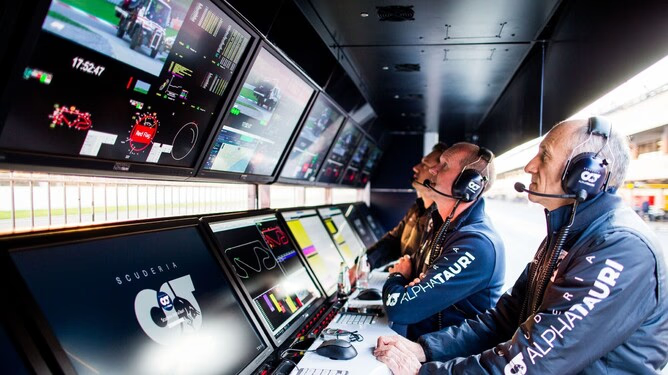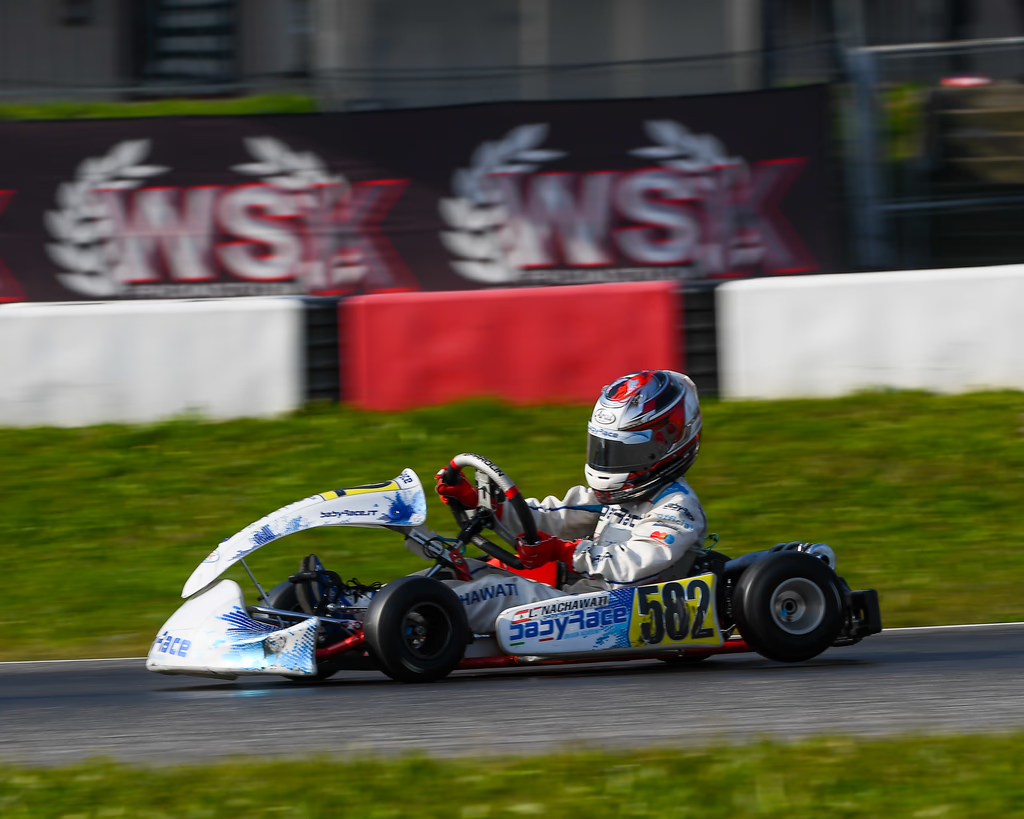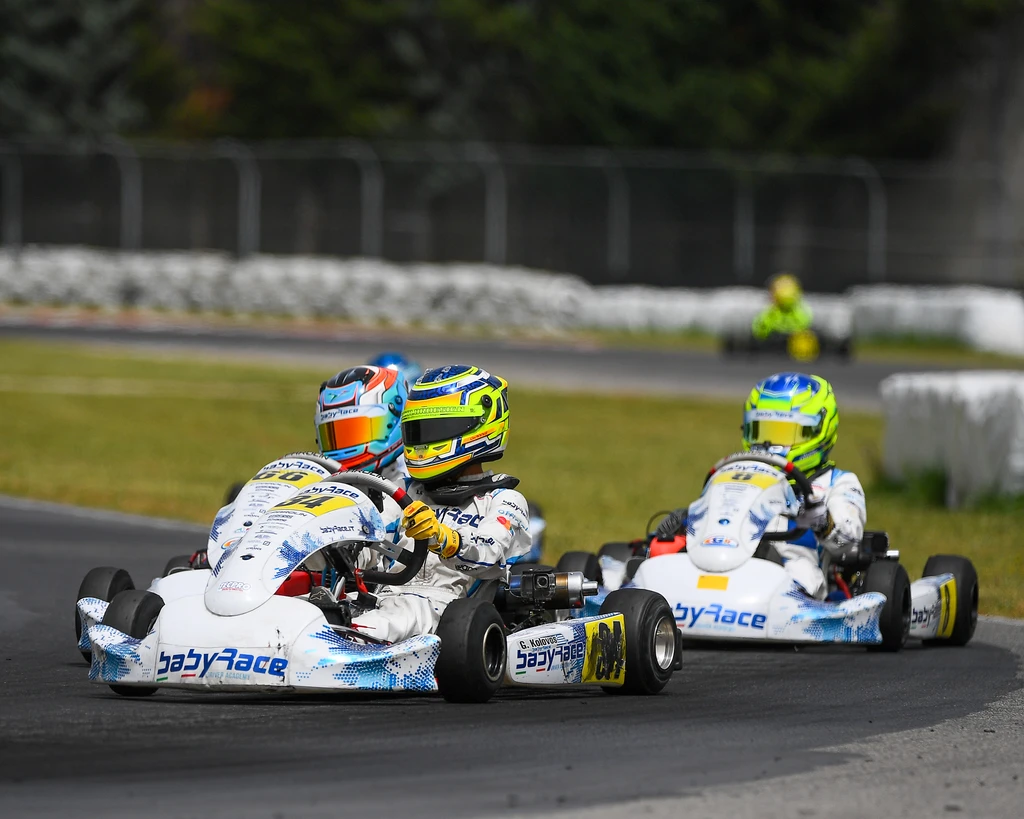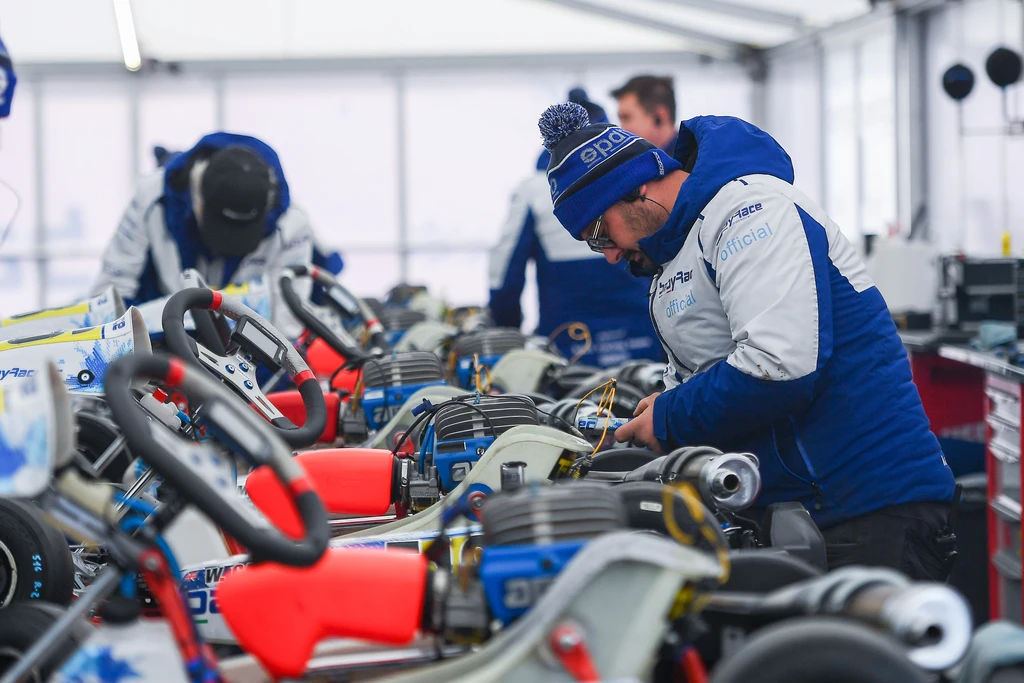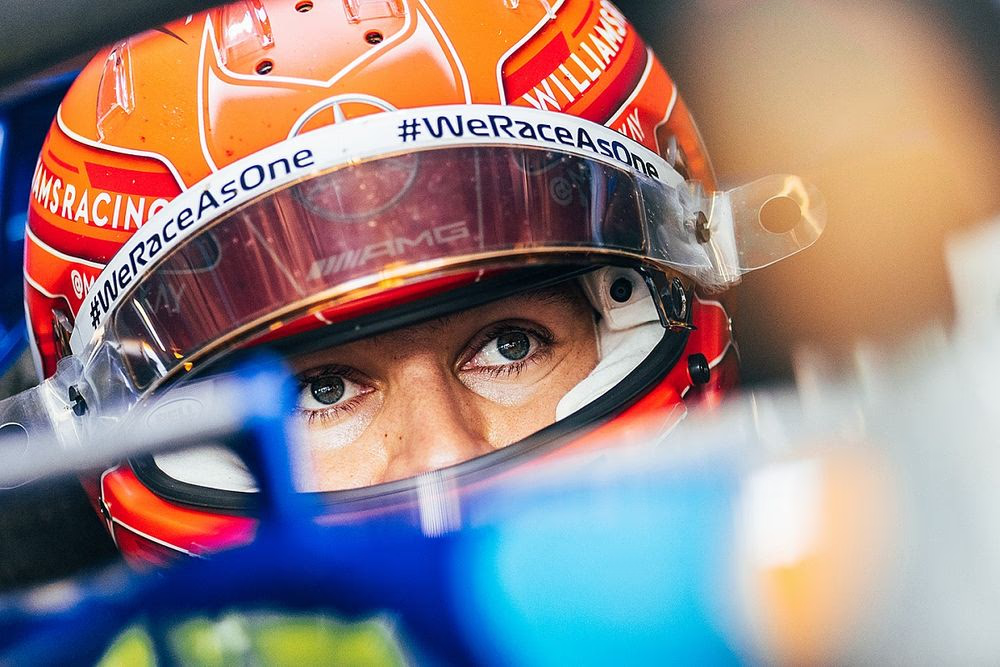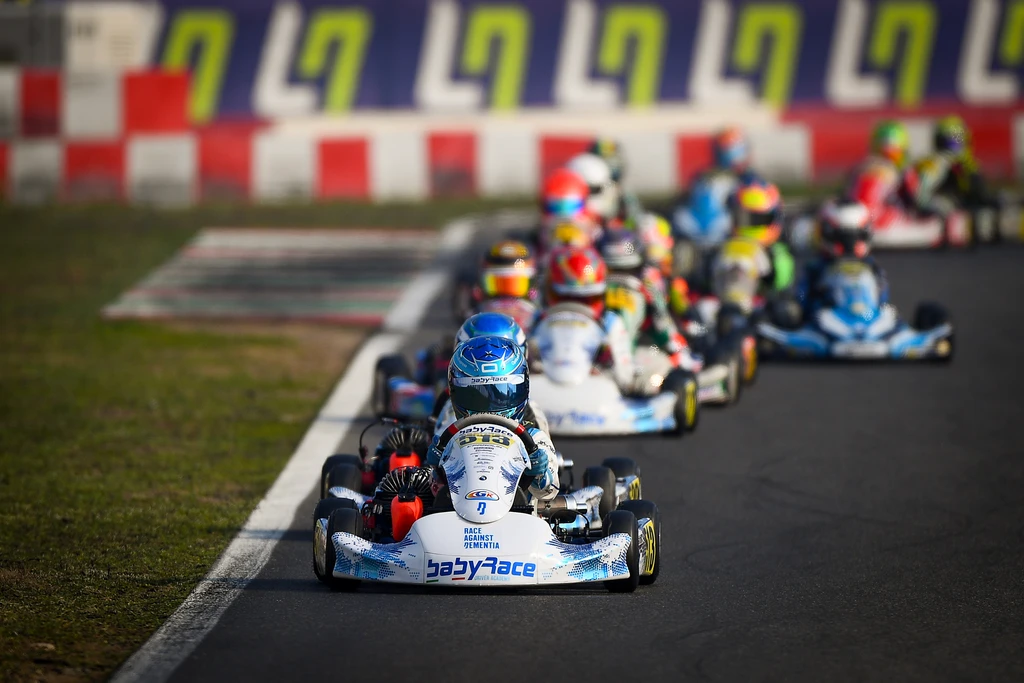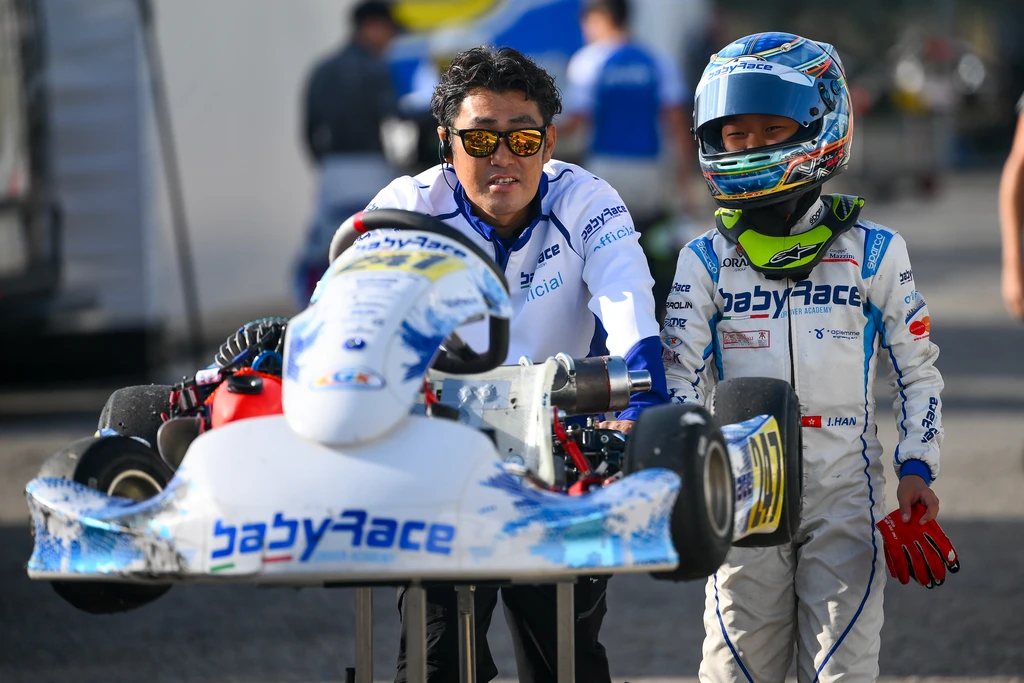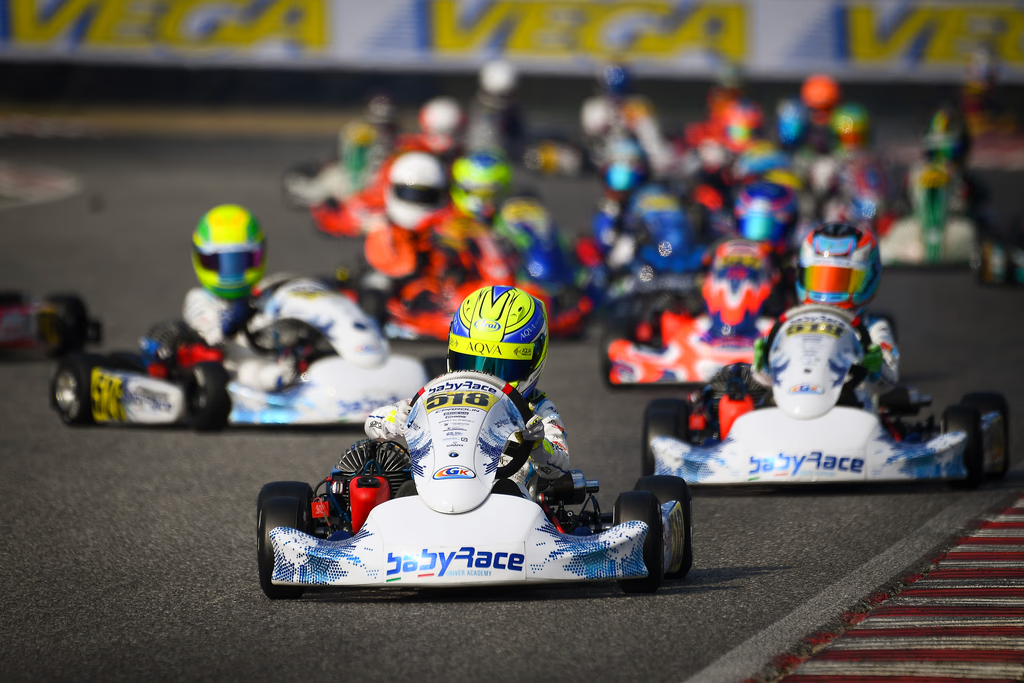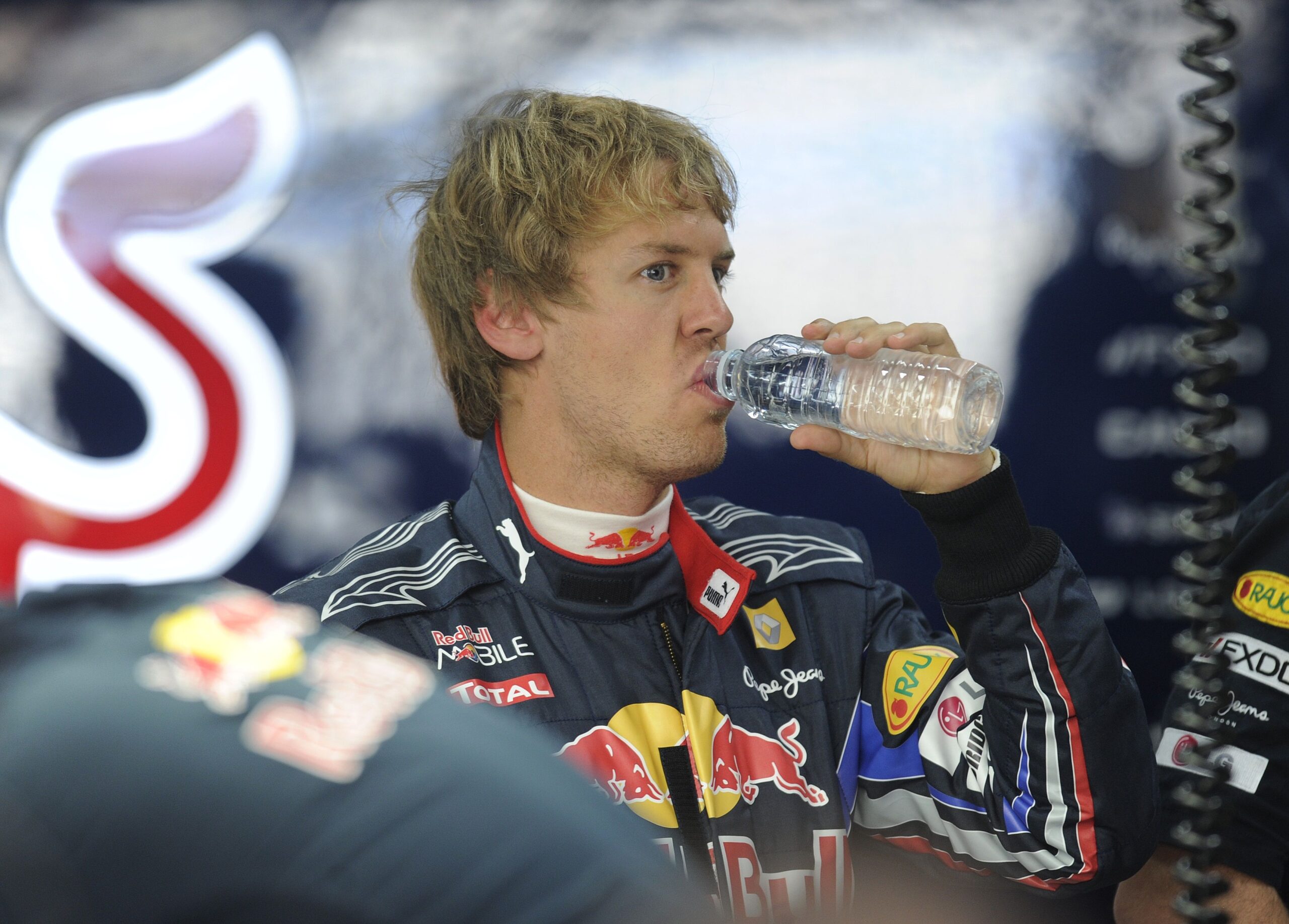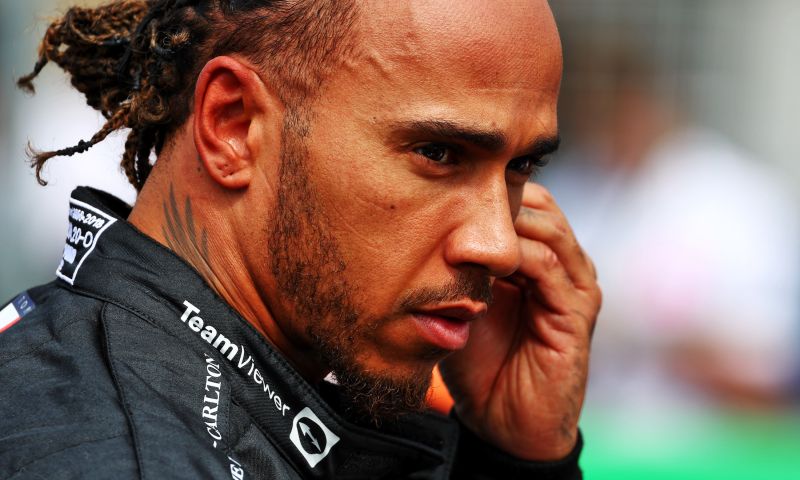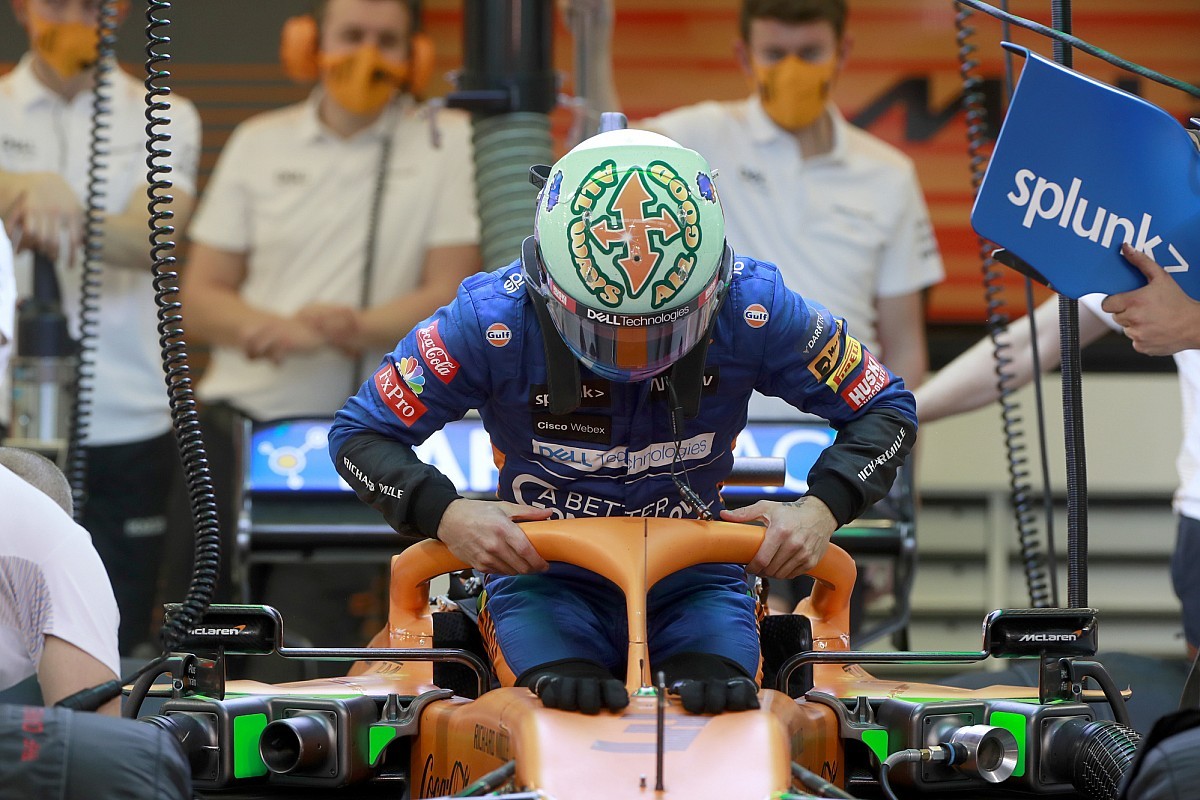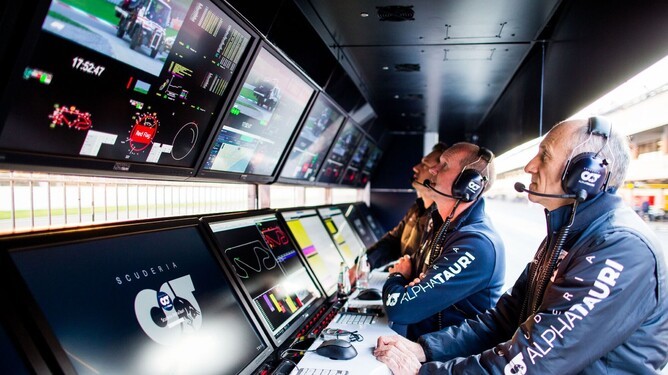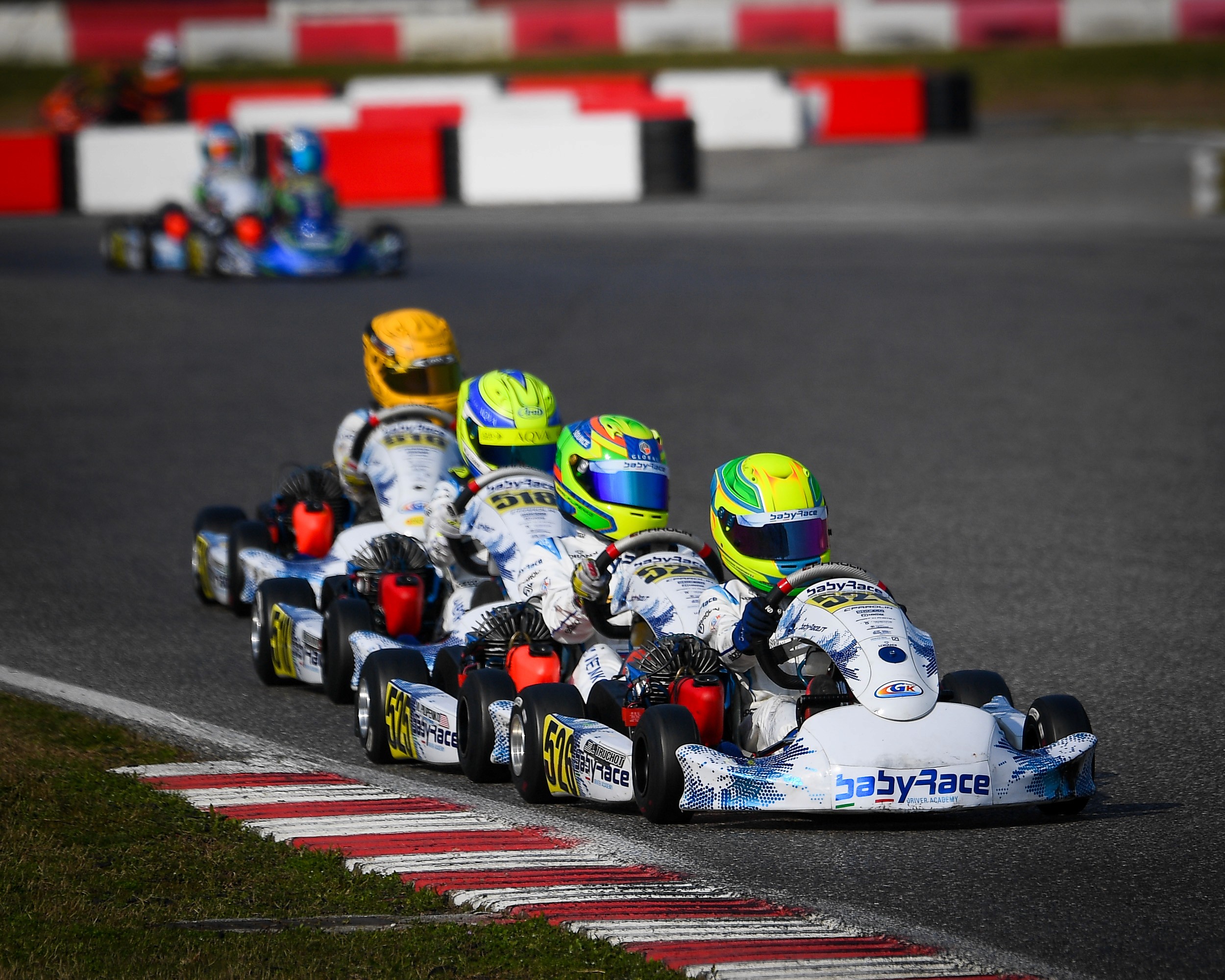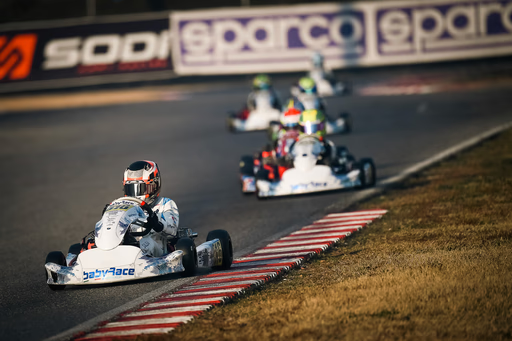Let’s be real, in any sport, the fundamentals are everything.
And it’s exactly the same in karting.
You can master all the fancy techniques, but if you don’t have the basics nailed down, it’s like building a house without foundation.
Trust me, even top-level drivers in F1 keep working on the basics every single day.
So let’s do the same. Shall we?
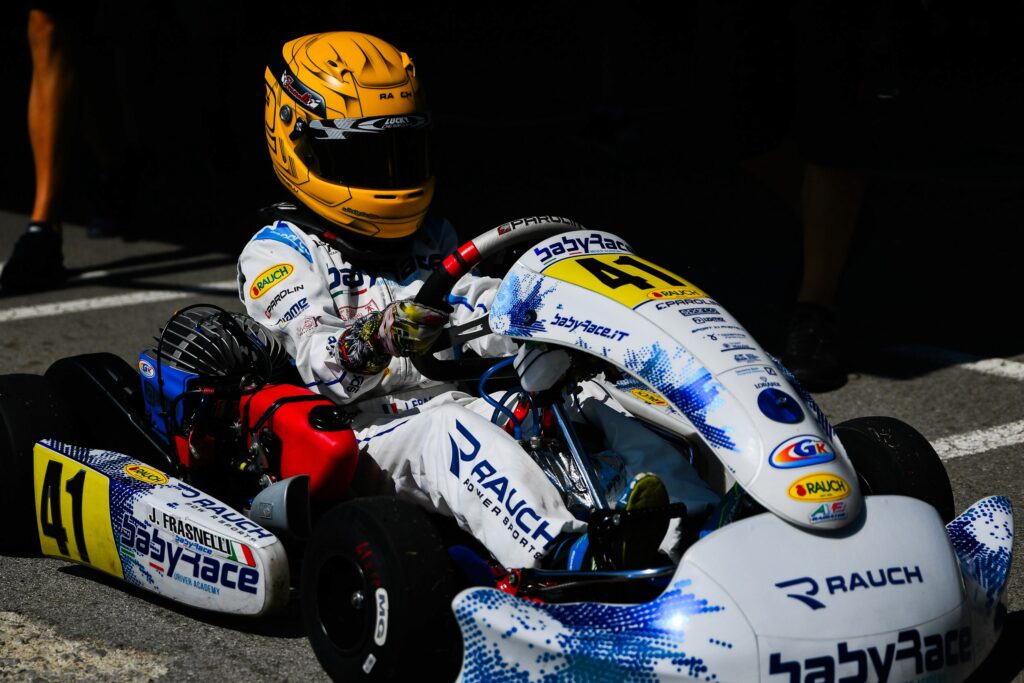
Start With the Core Skills
In karting, your fundamentals are simple yet powerful:
- Braking
- Racing lines
- Smooth steering
- Posture
That’s your base. If you focus on improving those, everything else will come easier.
Tire management, grip, adapting to track conditions — you’ll pick all that up naturally as you get better and more experienced.
But don’t rush ahead trying to do the complex stuff without mastering these first.
How Good Are You on the Brakes?
Braking is a big one. Honestly, one of the first things we look at with our drivers at BabyRace is how confident they are under braking.
Are they hitting the brakes hard enough?
Are they consistent with them?
Or are they braking too early because they’re not confident yet?
Sometimes it’s a setup issue — maybe the kart itself isn’t giving the driver enough confidence to brake late and hard as it should.
But a lot of times, it’s just mental.
That’s why we use questionnaires and individual coaching sessions at babyrace to really understand what’s holding each driver back.
Racing Lines and Steering Smoothness
This is where your lap times are made or lost.
The cleaner your line, and the smoother your hands are on the wheel, the faster and more stable you’ll be.
Too aggressive with the wheel? The kart gets unsettled.
Too stiff? You’re probably not maximizing the overall grip.
It’s not about wrestling the kart. You want to flow with it.
Smooth, confident inputs. Less is more even in karting sometimes.
Weight Transfer and Body Movement
This one’s huge and often underrated.
If you’re driving with overly aggressive movements on your steering it’s going to upset the balance. You’ll get understeer, oversteer, or just a unbalanced feeling overall.
It has to be a “delicate dance over fire”.
To help keeping your kart more in control, learn how to shift your weight properly. For example:
- If you’ve got a bit of understeer, use your posture to open get more rotation by pushing your body more “outside”.
- If it’s very oversteering, stay a little more towards the inside, or at leaset more centered in order to avoid too much weight transfer.
But don’t go crazy with your body position. You don’t need to lean around like a MotoGP rider. Please don’t.
A little movement is fine, especially in the wet where you’ll want to do a lot, or in slippery conditions, but too much can mess with the handling in grippy conditions.
Posture: It’s More Important Than You Think

Posture goes hand in hand with weight transfer.
Even if you’re doing everything else right — braking, lines, steering — if your posture’s a mess, it’s going to slow you down.
Keep your body centered and balanced.
No excessive leaning in or out.
You want to be part of the kart, not working against it.
Never Stop Improving the Basics
Even when you feel confident in your skills — like your braking is on point, your lines are clean — there’s always room for a bit more.
There always is.
Maybe not seconds, but tenths.
Or even thousandths.
That’s where consistency comes in.
Day by day. Session by session.
That’s how you get better.
That’s how you win.
So yeah, before diving into advanced stuff, focus on the core four:
- Braking
- Racing lines
- Smooth inputs
- Posture
Get those dialed in, and the rest will follow.
See you on track.
Just Senndit
– Alessio Lorandi 🏁

